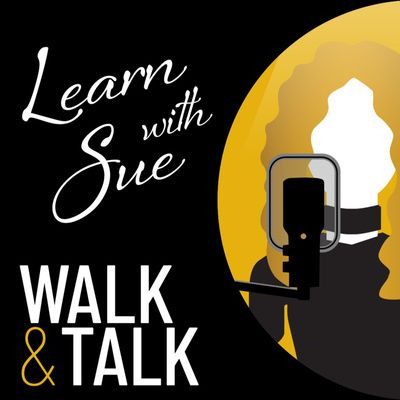The Jobseeker’s Market: How organisations can meet candidate expectations

The Jobseeker’s Market: How Organisations can meet Candidate Expectations
According to the Australian Bureau of Statistics (ABS), job vacancies have increased by 86% when comparing February 2020 to February 2022.
In this current job market, recruiters and HR professionals are struggling to find quality candidates. The competition for good people has never been so high, fuelling job seekers to create a list of their ‘must have’ requirements when looking for new roles.
So, what exactly do job seekers want?
We took this question to our Recruitment Consultants and asked them to break down the most common demands on hiring Employers today.
1. Salary
The most common issue we found was salary.
Stay on top of market salaries for the roles you are recruiting. Is it too high? Is it too low? There are many tools available to look up current market salaries including SEEK and PayScale.
Does your organisation need advice on market salary? Contact us here.
If your budget is lower than market salary expectations, consider what other benefits of high perceived value you can offer. For example:
- Learning and development opportunities - according to Upskilled,
74% of employees want to continuously learn during spare time at work
- Additional paid leave, such as extra leave for work anniversaries or birthday leave
- Innovative Employee Recognition Programs – it has been proven that
recognition increases engagement. More than half an employee’s engagement is reflective of the level of recognition received by their employer
- Stand out workplace policies – for example when Beaumont People introduced a gender-neutral, 16 week paid parental leave policy, it was the first of its kind in the industry.
Go beyond the standard remuneration package and consider your benefits to attract candidates, meet their expectations, and stay within budget.
2. Flexibility
According to Workplace Gender Equality Agency’s Report, in 2021, 78.3% of organisations have adapted to flexible working arrangements and in a post-COVID era, flexible working has led to employee satisfaction and improved their wellbeing, reducing burnout.
An Indeed report also stated that 45% of people indicated that flexibility would attract them to a new role. Jobseekers will leave their current role for flexibility if given the chance. We have seen this first hand with candidates turning down roles at organisations that do not offer any flexible and agile working conditions to suit their lifestyles.
Consider how your organisation offers flexibility? Is there room to enhance the offering to ensure you remain competitive in the market?
If your organisational set up means that you must have employees onsite, how can you offer flexibility within this context? For example, flexible time, compressed work weeks or job sharing.
3. Learning and Development and Career Growth Opportunities
Be transparent with your candidates about career growth. A LinkedIn study found that during the interview process, candidates are asking employers about their career progression opportunities within a company. We know from an employer retention standpoint that 94% of employees would stay at a workplace if it invested in their learning and development, further demonstrating the importance career growth opportunities have on both talent attraction and retention.
What learning and development and career opportunities does your organisation provide?
For example, at Beaumont People we have a Continuous Professional Development (CPD) Program that runs for the entire year, repeating each year. Training is both skills-based and knowledge-based (a.k.a human skills) such as how to have difficult conversations and time management.
Beaumont People also offers the LEAD Mentoring and Professional Development Program to customers, with spots allocated to internal staff, participating as either mentees or mentors – a further opportunity to expand leadership capabilities and develop in their roles for future career opportunities, through our career growth pathways.
Now that you understand what your candidates are looking for, do you need to revisit your salary and benefit offering? Perhaps it's just a matter of better communicating the great things your organisation already has to offer. Be sure to:
- Utilise your website to showcase your offering
- Showcase stories from your existing employees via your social media channels
- Ensure your job adverts speak to the needs of candidates in today’s market.
Liked this article? Share it with your networks or view our other articles here.
Share This blog
Recent Articles









